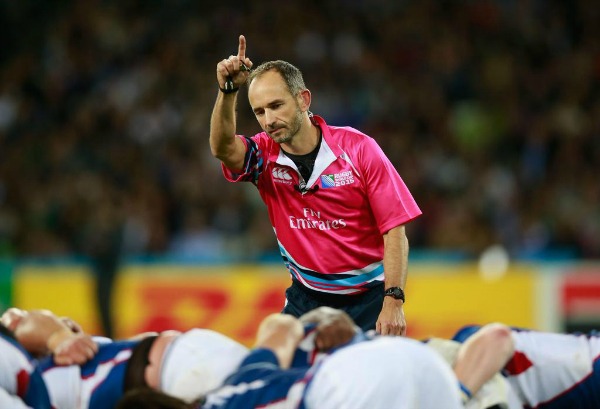Football’s refusal to enter the 21st Century – and seeming willingness remain in the dark ages – continues to baffle viewers of the beautiful game. The shameful Diego Costa versus Gabriel incident at Stamford Bridge resurfaced tensions on the role video technology in football can play, a topic that divides supporters like few others. People love football because of its simplicity, but time and again the television viewer is more informed than the man employed to make on-field assessments. How can this be the case?
Costa vs Gabriel: The Role Video Technology In Football Could Play
Referee Mike Dean became a central protagonist during the ugly fallout from the Costa versus Gabriel incident. He failed to see Costa’s shove to the face on Lauren Koscielny, which warranted a straight red, yet the antics of Costa and Gabriel spilled out over four minutes and 11 seconds.
That’s 251 seconds where the ball was out of play and the game was stopped, while replays were screened around the world clearly showing Diego Costa’s actions. If only the refs were looking at the same footage as the average football viewer. This is a clear disadvantage to not having video technology in football. Refs are often forced to rely on snap judgments and incomplete information.
Video Technology In Football: Rugby's Television Match Official As A Model?
Viewers don’t have far to go to see sports that utilize video technology to its full advantage. The Rugby World Cup implements a Television Match Official (TMO), adjudicating on tries and infringements where a yellow or red card may be necessary. Although this is far from an exact science and the process has not been perfected, the vast majority of contentious decisions result in a sound outcome.

Rugby refs had long had access to video technology in the form of a Television Match Official (Photo: @IndoSport | Twitter)
So accustomed is rugby union to the TMO, they released a study back in 2002 to explain how efficiently the system is working. The Southern Hemisphere Super Rugby competition unequivocally stated for the record 13 years ago the implementation made for a better product.
Showcasing a success rate of 91% in all decisions made, the report outlined a clear “reduction in controversial decisions (which has been) generally accepted by the spectator, supporter and press as being accurate.”
But the TMO does more than help the people watching the game. It supports the man with the whistle and “thus removes pressure from the on field official.” Contrary to popular opinion, referees don’t want to be the center of attention. Any tool that helps someone do their job more effectively – as video technology in football has the potential to do – is a help, not a hindrance.
The Road Ahead: A Place For Video Technology In Football
Costa’s retrospective three-match ban for violent conduct is an admission of guilt by the English FA. While Chelsea enjoyed a full compliment of 11 men for 45 minutes plus injury time, Arsenal were informed after the fulltime whistle that they should have been playing against 10. This punishment doesn’t help Arsenal’s cause, and neither does it hinder Chelsea because they have the ability to replace the striker for the time he will miss.
No one is arguing that video technology in football – specifically, a Television Match Official – would solve all ills of the sport. Simply put, advocates for added video technology want to ensure that the referee has as much information as the television viewer. Human error will always be a factor, but for the period of 4 minutes and 11 seconds, Mike Dean should have been afforded the same video technology granted to those sitting at home on their couch.





